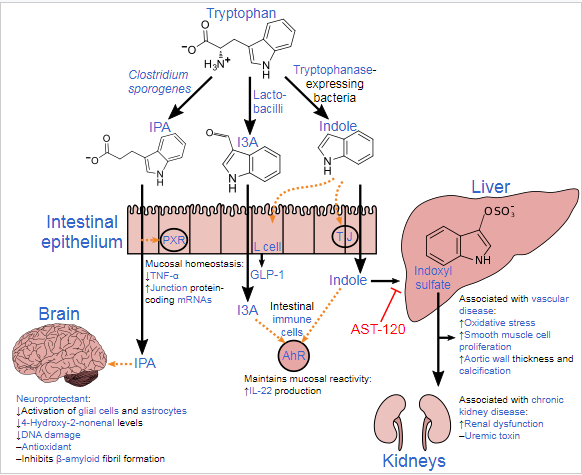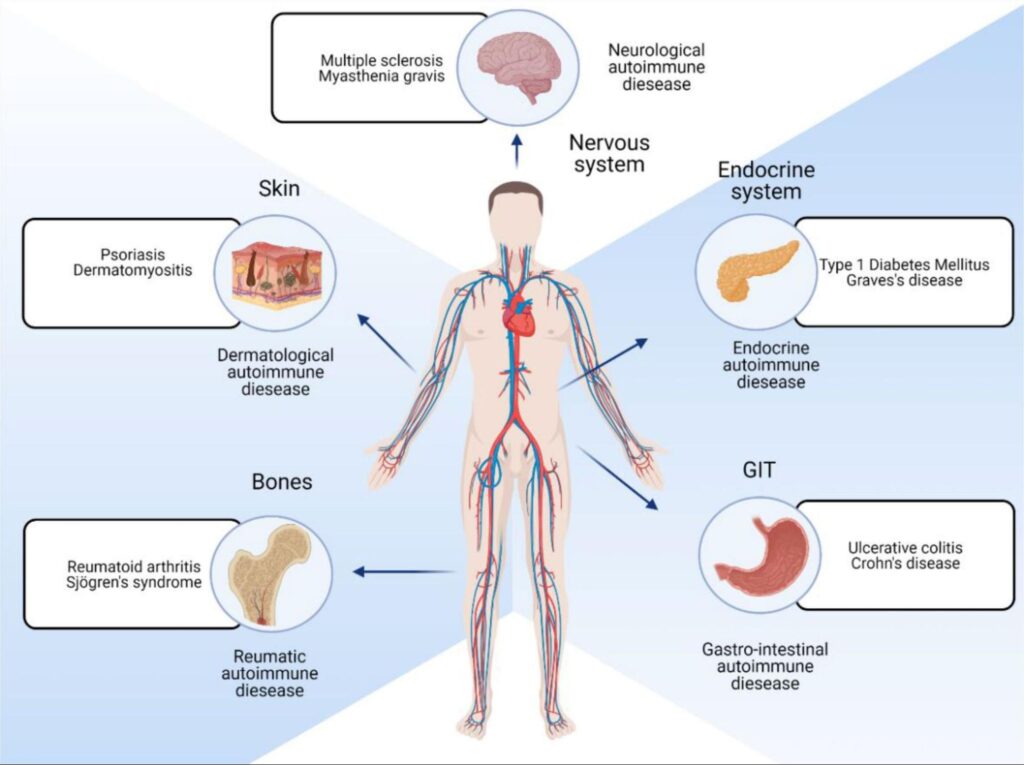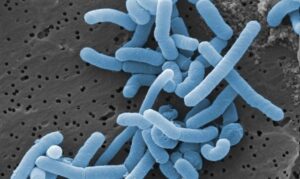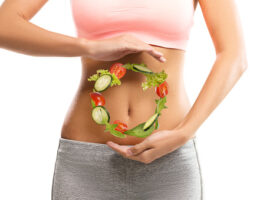GOOD AND BAD BACTERIA IN THE GUT that is out of balance can cause plenty of physical distress. But did you know that your gut can be rebalanced back to health, in as little as 1-3 months?
In this article, we’ll discuss how you can tell if your gut microbiome is out of balance. You’ll learn about the distress you experience because of imbalanced bacteria in your gut, and steps you can take today to heal your gut and feel better.
And later I’ll share a short list of the BEST PROBIOTICS AND PREBIOTICS, reported by top clinical researchers to provide the most healing.

Source: https://en.wikipedia.org/wiki/Gut_microbiota
Your gut microbiome is a complex ecosystem of bacteria, fungi, and other microorganisms that live in your digestive tract. A “balanced” gut microbiome means that the good bacteria outnumber the bad bacteria. An abundance of good bacteria is essential for good health. They break down food, absorb nutrients, and protect you against the bad bacteria that cause disease.
Gut imbalance can lead to a variety of health problems like digestive issues, skin conditions, abdominal pain, autoimmune illnesses, hormone imbalances, and even serious mental health issues.

Source: Wikimedia Commons
Probiotics are recommended by top physicians, clinical nutritionists, and scientific researchers, to re-balance and repair the gut. Healing is possible in a surprisingly short time!
According to recent clinical reports, the best probiotics for healing and maintaining a healthy gut are Lactobacillus and Bifidobacterium. They both have a long history of safe use. Additionally, strains of Propionibacterium and Streptococcus are also proven effective by scientist and physician researchers in re-balancing our microbiome.
Table 1 summaries the probiotic bacterial species primarily used in the food industry and their effectiveness against certain illnesses.

Open Table 1 in a new window: https://www.ncbi.nlm.nih.gov/pmc/articles/PMC4878258/table/t0001/?report=objectonly
Source: https://www.ncbi.nlm.nih.gov/pmc/articles/PMC4878258/
This table drives home the point that probiotics are definitely all very different in their healing effect.
As you can see in the table, by reading horizontally across the rows, some strains are only effective for a few illnesses, while some strains are effective for many.
By reading vertically down the columns, some illnesses are positively affected by only a few strains, while other illnesses are positively affected by many.
So you must be discerning when choosing your probiotics to rebuild and heal.
Now we come to the list I promised – the best probiotics and prebiotics strains that are reported by researchers to be the most healing:

Source: By Dr. Horst Neve, Max Rubner-Institut from https://commons.wikimedia.org/
Three probiotics, namely, Lactobacillus rhamnosus, Lactobacillus paracasei, and Bifidobacterium lactis BB12, are the most clinically researched in the world. Scientists report that these 3 show the strongest human health benefits against an array of infections and illnesses that include: lactose intolerance, immune response, C. diff infection, H. pylori infection, rotavirus, diarrhea from antibiotics, Travelers’ diarrhea, and others.
Prebiotics also help heal the gut. Prebiotics are non-digestible food ingredients that help by stimulating the growth of probiotic bacteria in the colon, thus improving health. Today, only bifidogenic, non-digestible oligosaccharides (particularly inulin, oligofructose, and trans-galactooligosaccharides), fulfill all the criteria for the clinical classification as prebiotics.
Prebiotics are fibers, found naturally in some foods, such as onions and garlic. Prebiotic supplements can also be taken to support and increase the levels of probiotic bacteria in the intestines. The best ones maintain a healthy balance of good and bad bacteria in the gut.
Eating a balanced diet that is rich in probiotics and prebiotics will definitely help your gut microbiome function at its peak. It’s vitally important that you avoid man-made chemicals and toxins, processed foods, sugar, alcohol, and to reduce your stress as much as possible.
Whether you eat them or supplement with them, these pre- and probiotics help to balance the good and bad bacteria in your gut, and you’ll be rewarded by sleeping great, feeling great, and enjoying abundant energy.
References:
https://www.ncbi.nlm.nih.gov/pmc/articles/PMC4878258/
https://www.niehs.nih.gov/health/topics/science/microbiome/index.cfm
https://www.ncbi.nlm.nih.gov/pmc/articles/PMC7173558/


